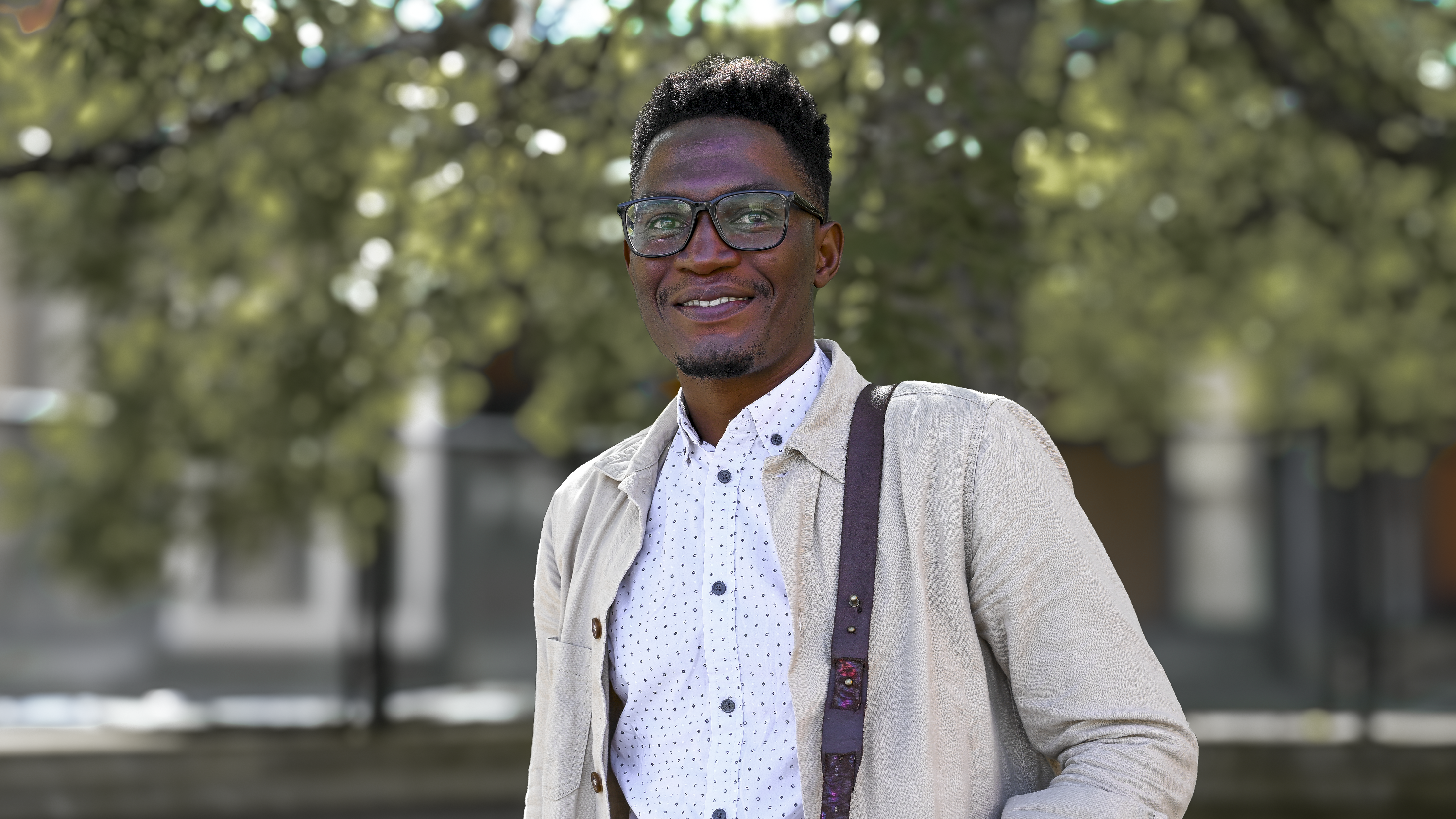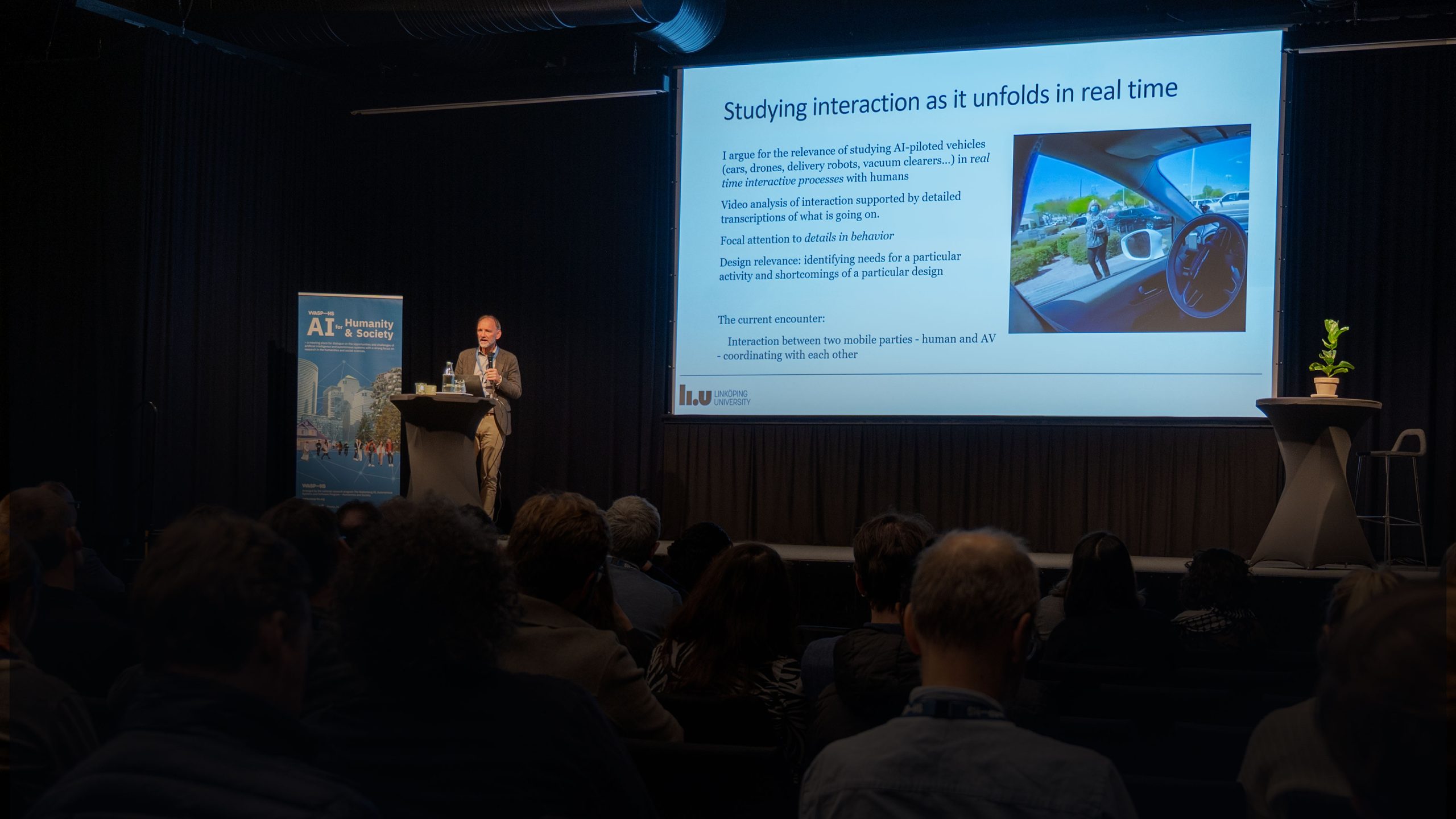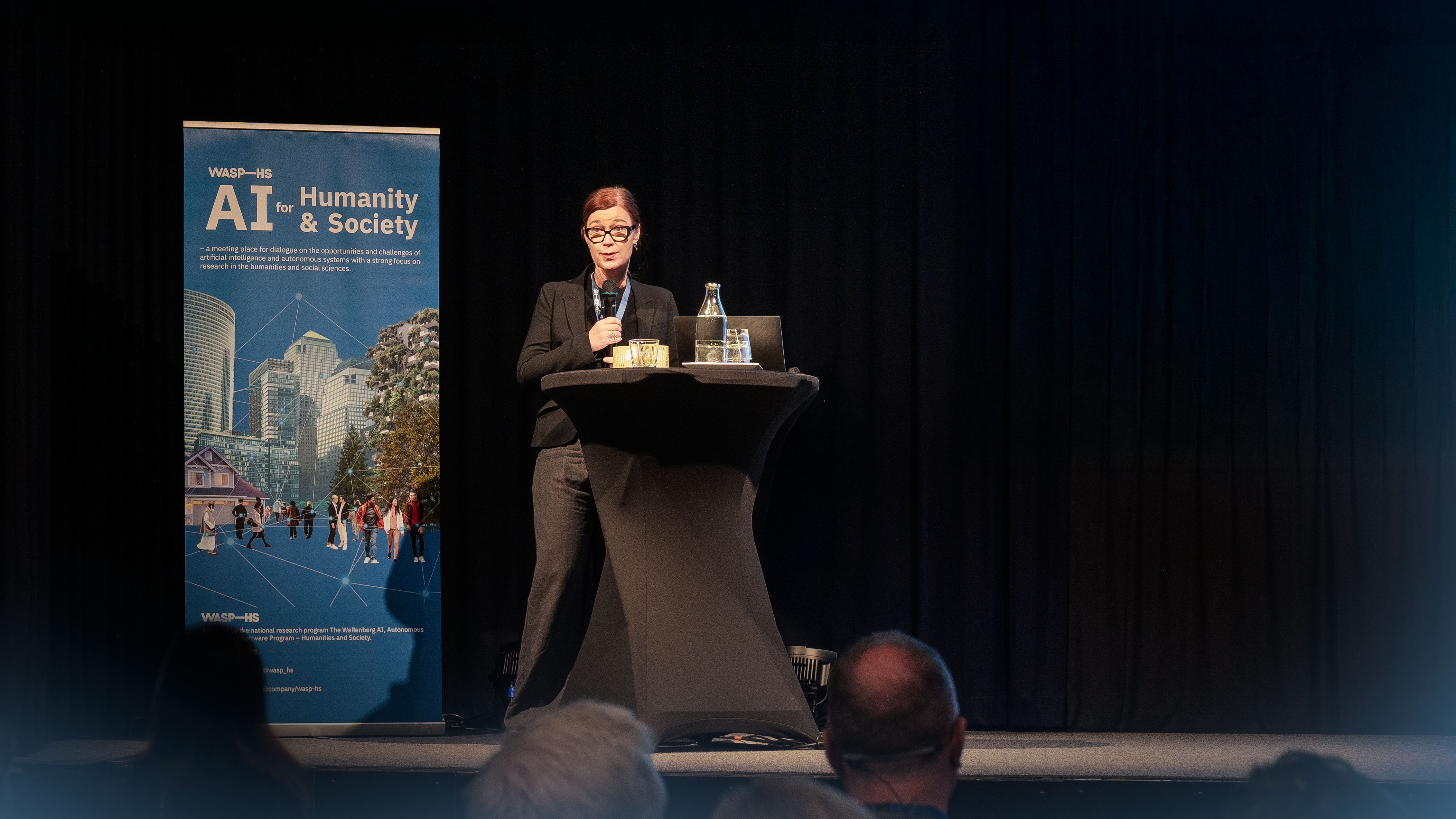WASP-HS Affiliated PhD Student in Socially Aware AI research group at Umeå University, Eren Yildiz, looks back on his experiences of attending the WASP-HS Graduate School course STS Methods for Autonomous Systems and AI.
Imagine a fairy on top of your shoulder, observing everything you do in your life. Now multiply the numbers of the fairies you have a couple of times and give each of them a unique background. They all have their own perception of the world. Whenever you do something, they have different perspectives and ideas on your action. Would these cute little things get affected by it equally? Why are they on your shoulder and not on your head or back? Why do they even follow you? Perhaps they need you? I have never said that these fairies are mute. What if the reason for your actions are the whispers that come from these fairies?
The WASP-HS course on “STS methods for autonomous systems & AI” I recently took aims to teach us AI researchers that how does our work exists in the world? And how does the world exist in our work? As trivial as it looks, the sheer number of questions we can ask to expand each of these “main” questions is simply remarkable. During the course, we learned that finding the correct questions is crucial for the development of a good society. For that reason, the course coordinators and main teachers of the course Francis Lee and Ericka Johnson gave examples of technologies from the past. It was interesting to know that how a piece of technology like horse stirrups allowed knights to stay on their horses while in combat, thus giving birth to the knight class and revolutionizing the wars.
The other side of the coin can perhaps be exemplified with the autopsy board that we saw during our trip to Visualization Center at Norrköping. A marvelous tool to dissect human bodies to determine the cause of diseases and injuries.

Figure 1 Autopsy board to examine human bodies without actually opening them at Visualization Center, Norrköping
There is no turning back once a mummy tomb is opened as it is permanently damaged by the procedure. But how to satisfy the curiosity of archeologists? It is also an undeniable fact that we could learn a lot from opening them since they were buried with various historical artifacts. Certainly, the world needs a tool to dissect a mummy’s body. Thanks to the autopsy board, after the necessary configurations for compatibility, this is not impossible anymore. This very example shows us how a piece of technology can arise from the needs of people.

Figure 2 A mummified corpse with pieces of jewelry on autopsy board at Visualization Center, Norrköping
There is no clear line that separates the consequence and the reason why technology has been created. One can say that the armies at the time needed an advantage in battles and developed the horse stirrups which lead to the creation of knights. Another one might say that the autopsy board was created out of curiosity which enabled certain usages. But one thing is for sure that we as researchers must take responsibility and think about the dimensions of our work. From political to technological, we must ask as many related questions as we can such as; “Who can access this technology” and “What do the regulations say about it?”. It does not only reduce the unpredictable ripple effect it may have but let us go deeper and understand the subject much better. And most notably, it makes us more responsible for our own work.





